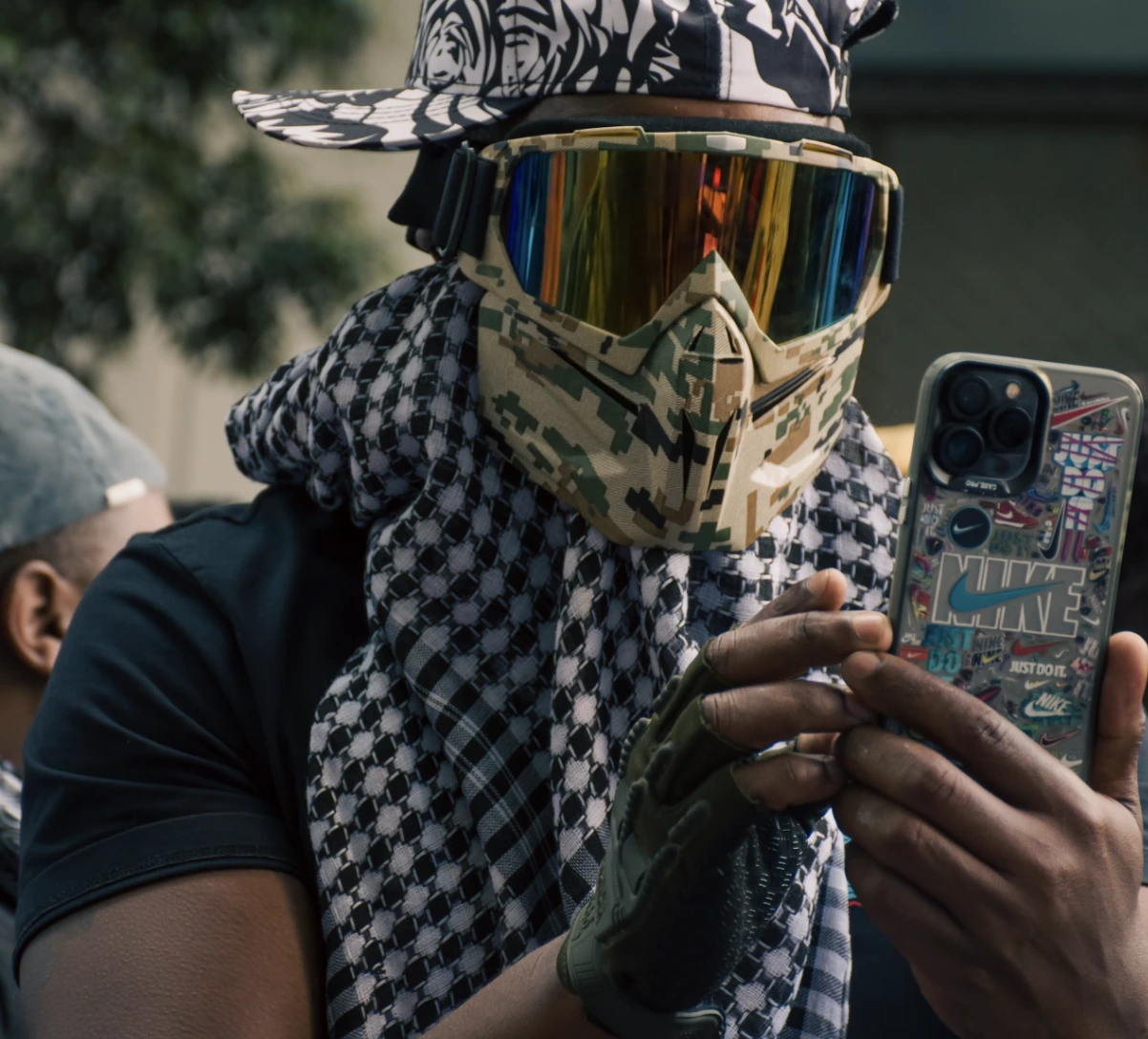
Image by Hassan Kibwana, from Unsplash
Kenya’s Digital Struggle: AI, Activism, And Crackdowns
Kenya is at the center of an escalating battle over digital rights as the government tightens regulations on social media and artificial intelligence.
In a Rush? Here are the Quick Facts!
- Kenyan government cracks down on AI-generated content, targeting political dissent.
- 82 critics abducted since June 2024, with 29 still missing.
- Activists warn AI regulations mainly suppress dissent, not protect workers’ rights.
The rise of AI-generated content has sparked political dissent, leading to growing tensions between authorities and tech-savvy activists, as first reported by DW.
In recent months, a wave of abductions has targeted government critics, with many linked to AI-generated images. Among those detained were cartoonist Gideon Kibet and 24-year-old Billy Mwangi, both of whom had shared an AI-generated image depicting President William Ruto in a coffin, as reported by DW.
According to the Kenya National Commission on Human Rights, 82 people have been abducted since June 2024, with at least 29 still missing. While some individuals, including Kibet and Mwangi, were later released, authorities deny any involvement in their disappearances.
With AI fueling digital dissent, the government is seeking ways to control social media. Kenyan authorities have condemned the use of AI-generated images targeting politicians, with Interior Minister Kipchumba Murkomen warning, “We will ensure that those using social media to threaten others face the full force of the law,” as reported by DW
Officials are also considering requiring social media companies to establish local offices for regulatory oversight, although platforms like X (formerly Twitter) remain resistant.
Tech expert Mark Kaigwa sees the government’s response as part of a broader struggle to control online narratives. “Citizens have, in their own way, been exercising what some would call ‘greater than their freedom of expression’ and many might describe as well within their rights,” he said, as reported by DW.
AI tools like Grok, embedded within X, have made it easier for users to generate politically charged content, intensifying tensions. “Some of the ones that have been generated have been of political leaders in coffins,” Kaigwa noted, as reported by DW. .
Kenya’s online activism is well known, with “Kenyans on X” gaining global influence. Kaigwa highlighted a recent example in which digital protests nearly derailed a planned visit by the Dutch king. “Their entire IT systems were overwhelmed with people writing emails saying, ‘Hey, we don’t think you should come,’ ” reported DW.
Beyond digital activism, AI is reshaping Kenya’s labor market, with workers facing severe exploitation. Kenyan workers play a crucial role in training AI systems for major U.S. tech firms, performing tedious and emotionally taxing tasks for as little as $2 per hour.
These workers—known as “humans in the loop”—label images, sort data, and review disturbing content, including graphic violence and child abuse, with little mental health support.
Despite Kenya’s efforts to attract foreign tech investment, labor laws remain weak, leaving workers vulnerable. Activists argue that while AI brings economic opportunities, its benefits are unevenly distributed, disproportionately harming those at the bottom.
The crackdown in Kenya mirrors broader trends across Africa, where governments are increasingly restricting digital spaces. While Kenya positions itself as an AI leader, critics argue that its regulations primarily target dissent.
As government scrutiny intensifies, Kenya faces a crucial choice: embrace digital freedom or risk deeper repression.


 Previous Story
Previous Story

 Latest articles
Latest articles 

Leave a Comment
Cancel